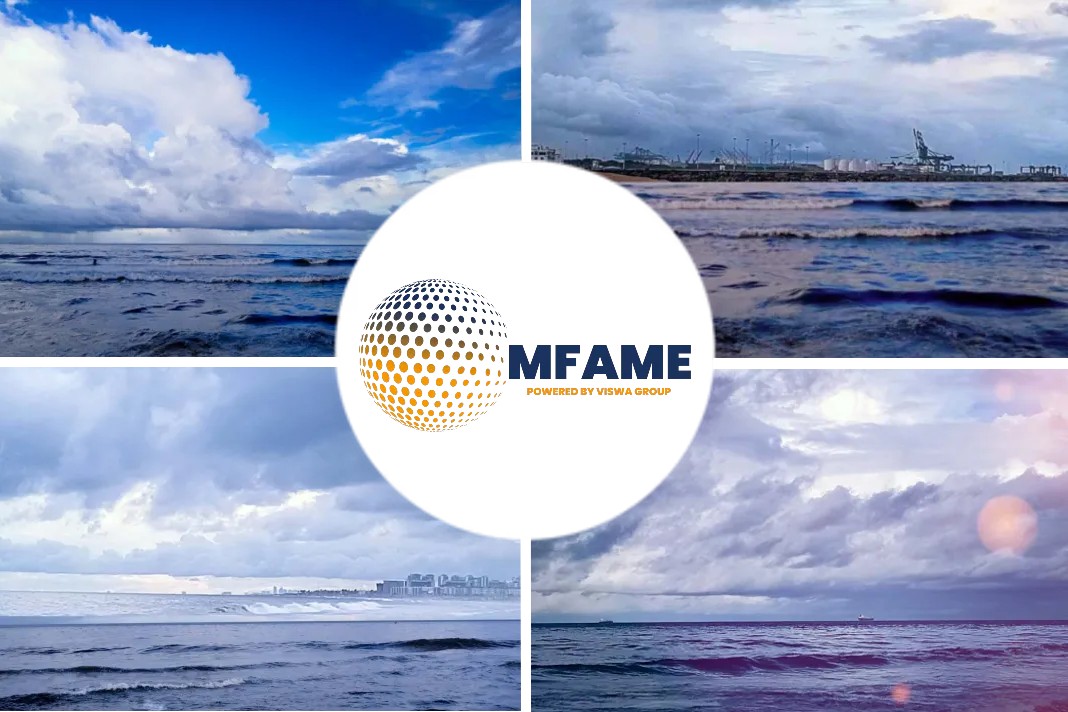 There was a major spike in demurrage and detention charges in 2021, according to Container xChange’s Demurrage & Detention: Annual Benchmark 2022, which was released this week, says an article published in DCN.
There was a major spike in demurrage and detention charges in 2021, according to Container xChange’s Demurrage & Detention: Annual Benchmark 2022, which was released this week, says an article published in DCN.
The Report
According to the report, most major ports in the world saw an increase of demurrage and detention charges, with an average increase of 39% for standard containers from 2020 to 2021.
The report notes that from 2021 to 2022, many ports saw a decline in such charges, which degreased by 26% over the period.
The report says the average detention and demurrage charge for a standard container was US$585 in 2020, US$868 in 2021 and US$664 in 2022.
Accumulative Charges
Container xChange, which is a technology company that sells a container trading and leasing system, said it used publicly available data from 60 ports to gather more than 20,000 data points.
The report only looked at standard containers: 20-foot DC, 40-foot DC and 40-foot HC. And it looked at the accumulative charge for both import and export containers after two weeks.
Changing Dynamics
In releasing the report, Container xChange convened a panel of speakers from Drewry, S&P Global to discuss the impact of charges on shippers worldwide amidst the changing dynamics of demand and supply for containers on a global scale.
Forecasts shared by the experts on the panel indicated a potential further flattening of demand into the peak season.
Impact Of Disruptions
However, they also emphasised that the impact of the disruptions will take time to wither irrespective of containers moving at a greater or slower pace into the coming holiday season.
S&P Global Commodity Insights editor, global container freight George Griffiths during the discussion said: “The shipping industry is going to see the freight rates stay flat for the rest of the year; however, it could see a little variance but might not fall off the cliff to the extent that we saw it rise when it did in 2020 and 2021.”
Falling Demand
And Drewry Supply Chain Advisors head of advisory Chantal McRoberts said: “There is massive inventory levels that have been building up, if you speak to shippers, they’ve got a lot in their warehouse that they need to move, and demand is falling”.
Snarled Up Market
Mr Griffiths said he the market is snarled up and it is going to take significant effort to fix it.“I firmly believe if nobody wants to ship anything on a container in the next six months, we still wouldn’t fix the issues that we’ve got in the market at this point,” he said.
Resolving Blockage Is Not Everything
Container xChange co-founder and CEO Christian Roeloffs said: “We’ve always compared the flow of containers situation to a traffic jam.
If there’s an accident and a traffic jam, even if the accident is cleared up it still takes a very, very long time for traffic to flow again … it’s not the case that you just resolve the blockage and then everything flows.”
Cause Of Concern
Discussing the scenario behind the hefty demurrage and detention charges, Mr Griffiths said: “Many, many carriers and operators have introduced strict free time parameters, and as a result these charges for delays have been levied against the shippers.
They’ve become a significant cost centre for shippers.
Previously, this was a transient cost, people didn’t really look at it. People didn’t pay that much attention to demurrage and detention. But now it has become a cause of concern”.
Incentivised Carriers
Congested supply chains added to the mounting charges which in return made it harder to both extract containers from terminals and return empty equipment.
Mr Griffiths said: “In the US, for instance, carriers have been really incentivised to keep a tight leash on their equipment due to high freight costs, meet demand, and log jammed into modal networks; within their purview, they’ve taken the cost of the containers on board”.
Compensate Carriers
“They need to have their equipment back to keep the flow going and be able to reposition the containers.
And I think that’s an important nuance in the container market.
So that’s why we’re starting to see these costs increase on detention and demurrage, it is because these charges are designed in such a way that it compensates carriers for the use of their containers.”
Root Of Rising Charges
Further explaining the root of rising demurrage and detention charges, Ms McRoberts said: “It’s clear that supply chain disruptions are driving an increase in detention and demurrage charges.
If there’s a shortage of drivers, a shortage of physical people and vehicles to get the containers into the ports and out of the ports, it consequently increases the demurrage and detention charges”.
Physical Blockages
“These physical blockages had pushed up charges for shippers, and while the situation was easing, a full clearance of backlogs on the discharge front would not come until next year.”
Did you subscribe for our daily newsletter?
It’s Free! Click here to Subscribe!
Source: DCN























